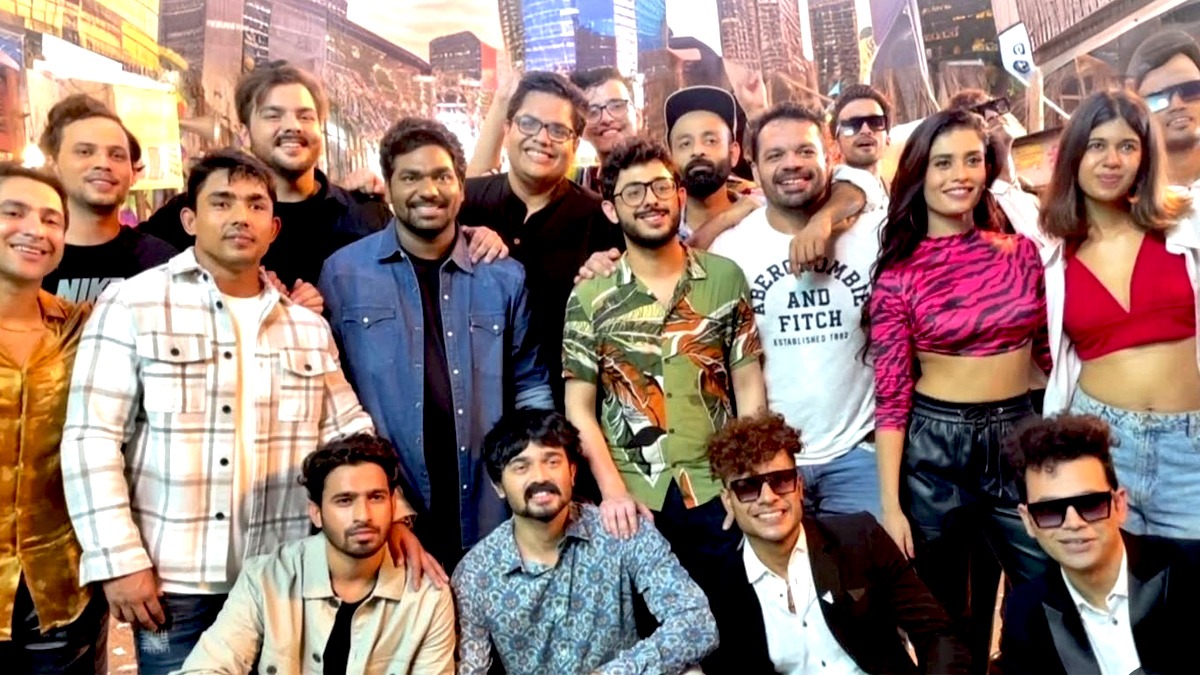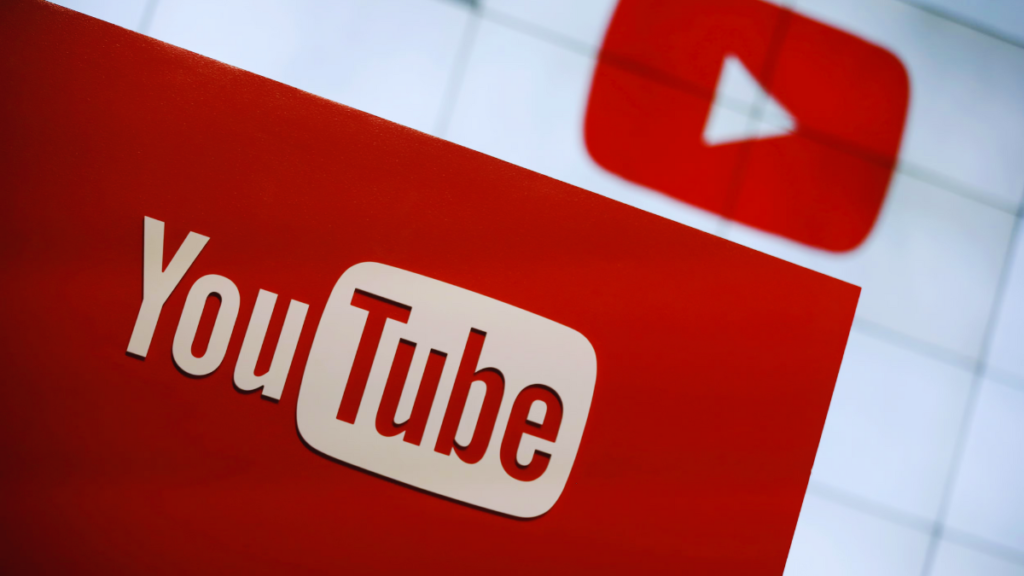From the world of technology comes a big breaking change, one that is intended to shake up the content creators – the ones who are known to earn the maximum revenue and drive YouTube’s growth and popularity.
One of the most popular social media video streaming platforms, YouTube is all set to implement a new monetization policy from July 15 onwards. It is gearing up to take action against “mass-produced, repetitious and inauthentic” content. YouTube has always pushed its creators to create original, engaging and informative content, especially more so if they are an active part of the YouTube Partner Program and actively making money through the monetization of videos.
However, the video giant will now update its Partner Program monetization policy, starting as soon as 15 July 2025, to discourage creators from posting unoriginal and inauthentic content.
This move has been aimed at limiting the earnings pf channels that publishes low-effort repetitive and even mass-produced videos. In its official support page, the directive has been uploaded as, ‘In order to monetize as part of the YPP (YouTube Partner Program), YouTube has always required creators to upload ‘original and authentic’ content.
The company has now made it clear that starting 15 July, “YouTube is updating our guidelines to better identify mass-produced and repetitious content. This update better reflects what ‘inauthentic’ content looks like today.”
Having said that, YouTube has not clearly defined what it means by “mass-produced,” “repetitious,” and “inauthentic,” but reportedly, YouTube could be referring to videos that are generally based on set patterns and templates, videos generated using all the available AI tools, and others wherein some creators copy a lot of other creators’ original work and put a low-effort spin on it, without real efforts in creating stuff.

Situation Going Forward
At large, this new revision could discourage the current creators from actively relying on AI tools to create their videos, especially those who keep spamming the website with multiple videos. This is commonly seen in genres like gaming and online educational and tutorial videos, wherein some creators can create faceless gaming channels or put multiple videos with a similar avatar premise and post a lot of gameplays with AI-generated voices and characters.
What happens to virtual YouTubers?
Off late, virtual YouTubers have been making millions by creating channels with their avatars. These channels post realistic videos but have a virtual avatar running on them instead of a real face camera. However, these creators mostly do their own voiceovers, and some have reportedly made millions of rupees through these dupe and quick-commerce methods.
This still is up in air for now because YouTube is yet to describe the exact details of this change, but more should become clear starting 15 July, when these changes go into effect. Again, YouTube has not mentioned AI-generated videos specifically; it just mentioned “repetitious” and “inauthentic” content. So, it remains to be seen how this rule practically pans out.
If this does come to fruition, it would certainly be interesting to see what happens to some of the most popular AI tools to which creators’ resort. Because if AI-generated videos that make people money are no longer allowed on YouTube, it leaves no incentive for them to actively take out subscriptions for popular AI tools, especially those that help creators generate virtual avatars, audio, and more.
